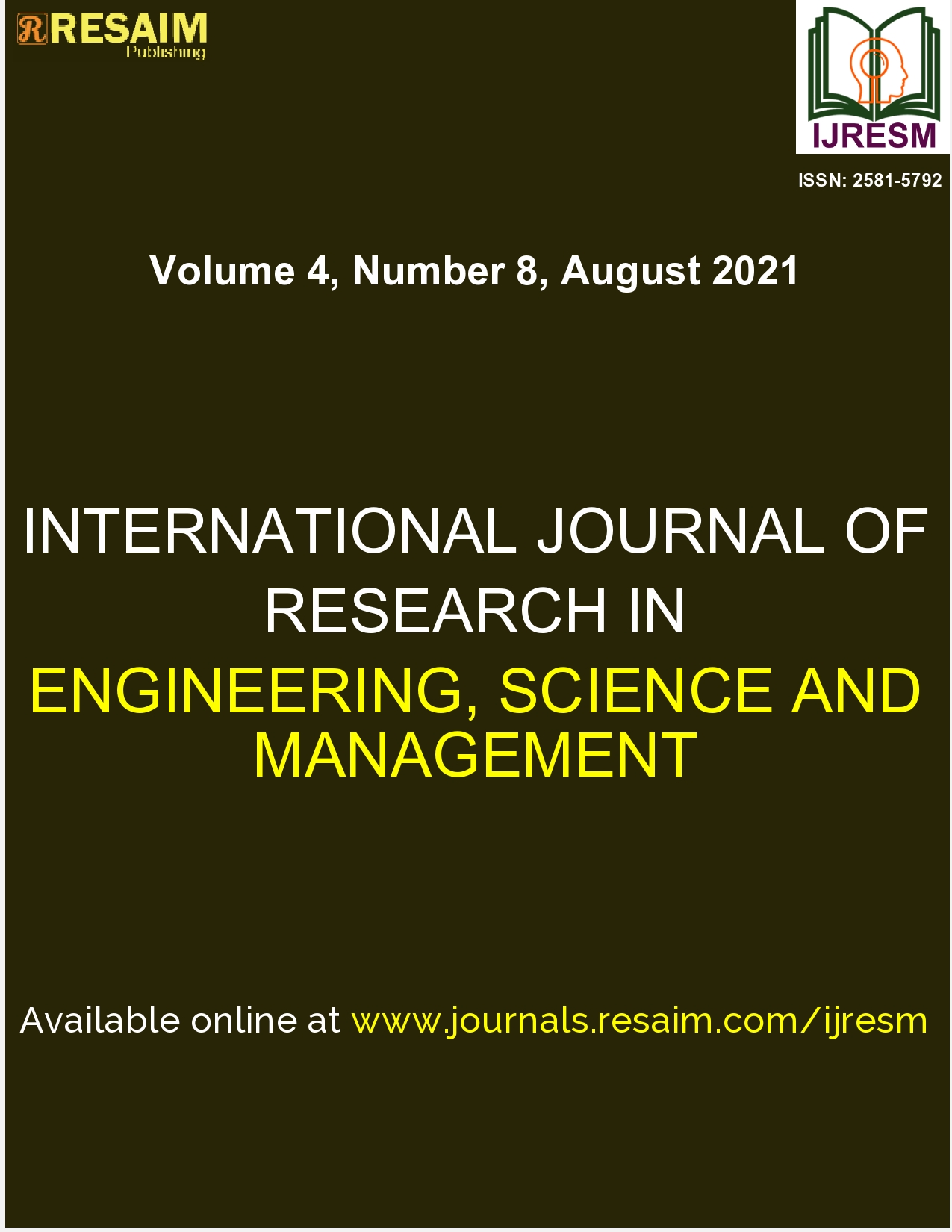Optimization of Cooling Fin Efficiency in IC Engine Using Heat Transfer Analysis
Keywords:
rectangular block, circular block, wavy fins block, temperature reduction, heat flux, temperature drop, temperature distribution, thermal analysis, IC engine block, finsAbstract
The Engine cylinder is one of the major automobile components, which is subjected to high temperature variations and thermal stresses. In order to cool the cylinder, fins are provided on the surface of the cylinder to increase the rate of heat transfer. By doing thermal analysis on the engine cylinder fins, it is helpful to know the heat dissipation inside the cylinder. We know that, by increasing the surface area we can increase the heat dissipation rate, so designing such a large complex engine is very difficult. The variation of temperature distribution over time is of interest in many applications such as in cooling. The accurate thermal simulation could permit critical design parameters to be identified for improved life. This project is to analyze the thermal heat dissipation of fins by varying its geometry. Parametric models of fins have been developed to predict the transient thermal behavior. There after models are created by varying the geometry such as rectangular, circular, wavy with extension. The modelling software used is CREO Parametric 3.0. The analysis is done using ANSYS workbench. Presently Material used for manufacturing fin body is generally Aluminium Alloy 204 which has thermal conductivity of 110-150W/m-⁰C. We are analyzing the fins using material Aluminium Alloy 6061 which has higher thermal conductivity of about 160-180W/m-⁰C. After determining the material, the third step is to increase the heat transfer rate of the system by varying geometrical parameters such as cross-sectional area, parameter, length, thickness, etc. which ultimately leads us to fins of varying shape and geometries.
Downloads
Downloads
Published
Issue
Section
License
Copyright (c) 2021 R. Rishi, Vengatesh Prasadh, Siva Prakash

This work is licensed under a Creative Commons Attribution 4.0 International License.


